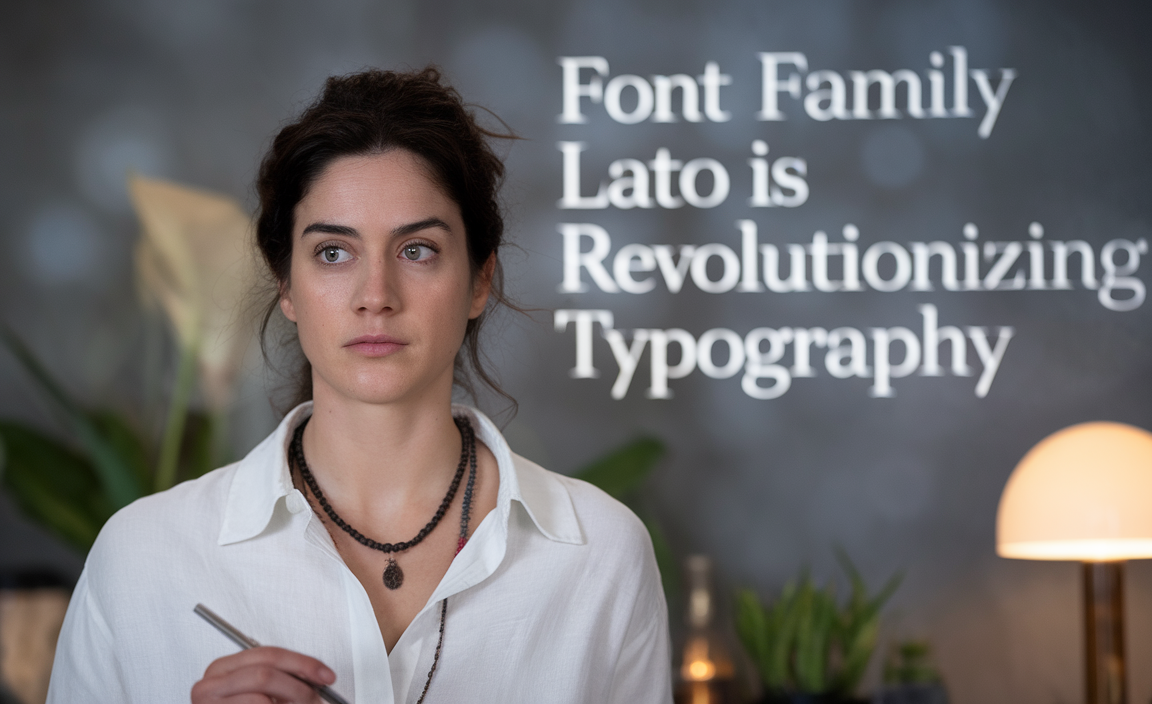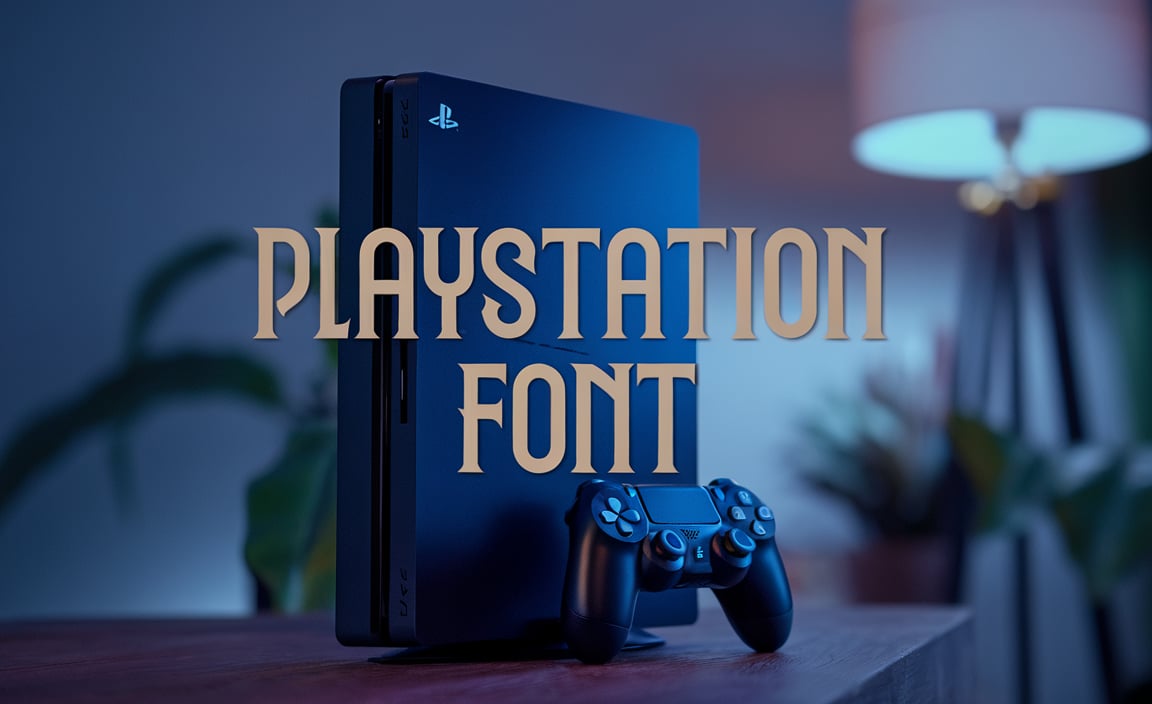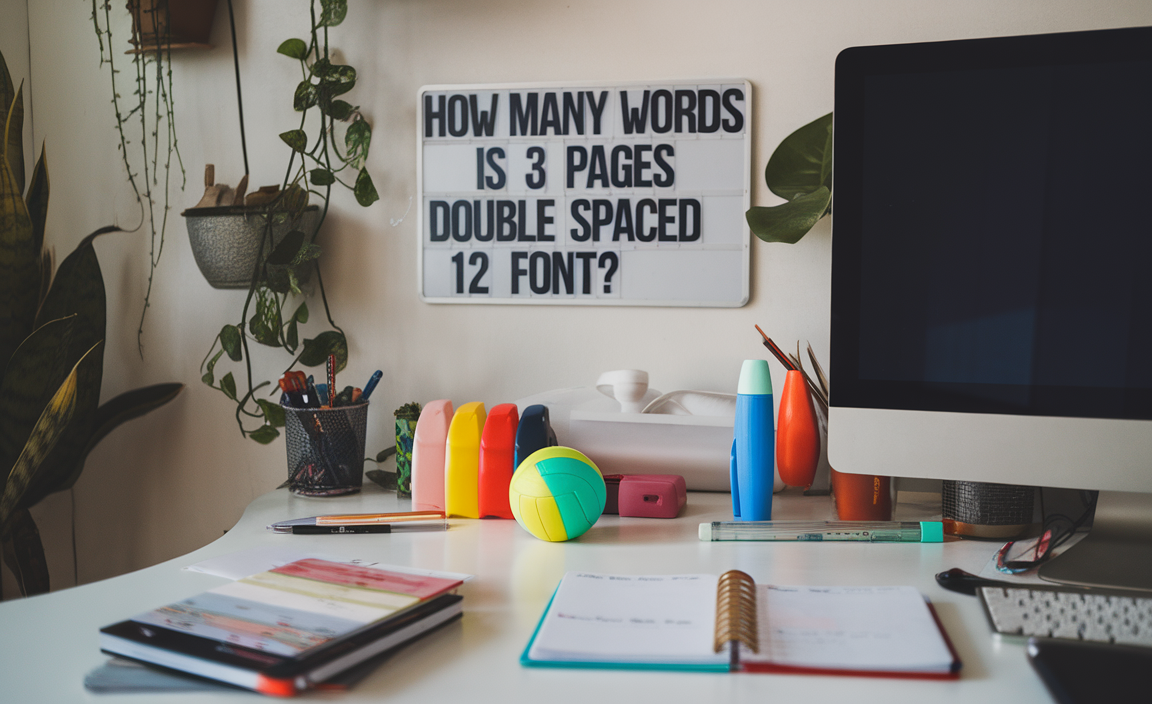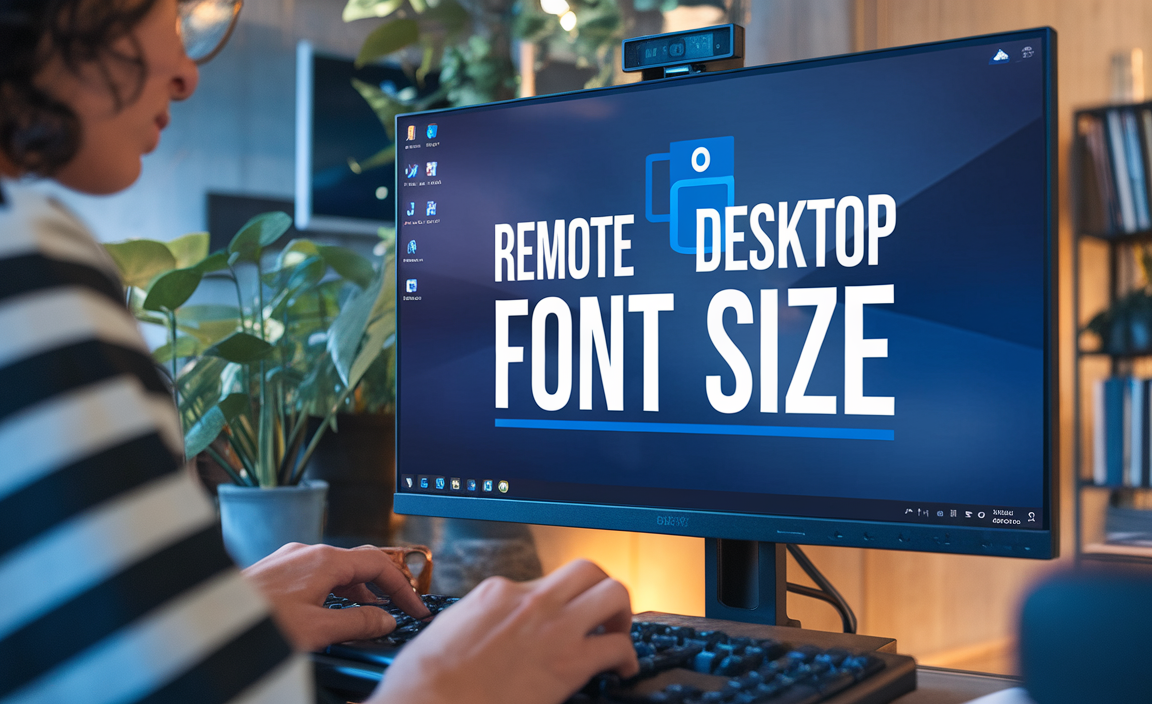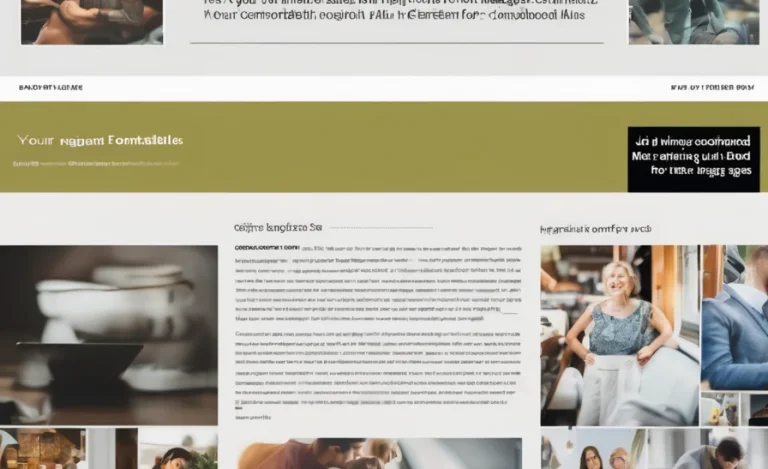Choosing the right movie script font is essential for maintaining proper screenplay format and ensuring your script is taken seriously in the film industry. Whether you’re writing a feature film, short film, or spec script, using the correct font and formatting guidelines can make a significant difference in how your script is received by script readers and industry professionals.
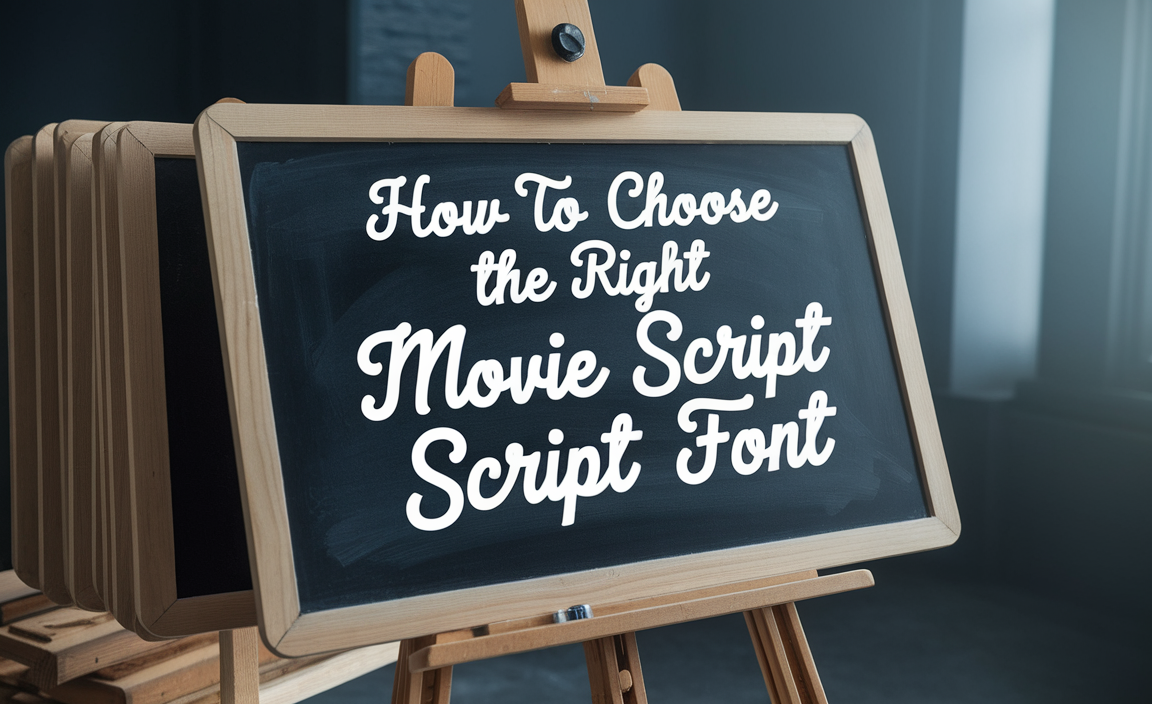
About Screenplay Formatting
Screenplay formatting follows strict guidelines to ensure consistency across the industry. Proper screenplay format includes elements such as the scene heading, character name, scene description, and character cue, all of which should be formatted correctly. Fonts play a crucial role in ensuring readability and professionalism in your script writing.
Font Choices for Movie Scripts
When it comes to choosing the right font for your screenplay, there are a few widely accepted options used by screenwriters and film schools alike. These fonts are chosen for their readability, spacing, and professional appearance.
1. Courier Font
Courier font is the industry standard for screenplay writing. It is a monospaced serif font that ensures uniform spacing, making it easier for script readers to estimate timing and structure. Variations include:
- Courier New: A refined version with slightly tighter spacing.
- Courier Final Draft: Specifically designed for screenwriting software.
- Courier Prime: Enhanced readability with balanced spacing.
2. Times New Roman
While not traditionally used in professional screenwriting, Times New Roman is a serif font that some screenwriters use for personal drafts. It offers a classic look but lacks the consistent spacing required for proper screenplay format.
3. Arial
Arial is a sans-serif font. It is sometimes common in script coverage or informal submissions. However, it is not recommended for shooting scripts or feature films. This is due to its lack of monospacing.
4. Movie Magic Screenwriter Font
This font comes built into screenwriting software such as Movie Magic Screenwriter and StudioBinder. It ensures adherence to industry standards and automatic formatting.
Formatting Guidelines for Screenplay Fonts
To achieve proper formatting, consider the following guidelines when selecting a font:
- Use a 12-point font size to ensure readability.
- Maintain a 1.5-inch margin on the left side of the page.
- Keep 1-inch margins on the top, bottom, and right sides.
- Include approximately 55 lines per page.
- Place page numbers in the top right corner, excluding the first page.
- Character names should be in uppercase letters and positioned 3.7 inches from the left side.
Screenwriting Software for Proper Formatting
To simplify the script writing process and ensure proper screenplay formatting, many screenwriters use screenwriting software such as:
- Final Draft: A popular choice for professionals with built-in formatting templates.
- Movie Magic Screenwriter: Offers formatting tools and collaboration features.
- StudioBinder: Cloud-based software with automatic formatting.
- Microsoft Word: While not dedicated screenwriting software, templates and styles can be ideal for basic formatting.
Serif vs. Sans Serif Fonts
When choosing between serif and sans serif fonts for your script, it’s important to consider their characteristics:
- Serif Fonts: (e.g., Courier) Include small lines or embellishments at the ends of characters, providing a traditional and readable look.
- Sans Serif Fonts: (e.g., Arial) Lack embellishments and have a modern appearance but are not typically popular in screenwriting.
Common Mistakes in Screenplay Font Choices
To ensure your script meets industry standards, avoid these common mistakes:
- Using decorative or hard-to-read fonts.
- Deviating from the standard 12-point font size.
- Ignoring proper margins and spacing.
- Selecting sans serif fonts instead of the industry-preferred serif fonts.
Conclusion
Choosing the right movie script font is an essential part of screenplay writing. By adhering to proper formatting guidelines and using industry-standard fonts, you can ensure your script looks professional and is easy to read by industry professionals.
Frequently Asked Questions
What font should I use for a movie script?
The standard font for movie scripts is 12-point Courier font.
Can I use Times New Roman for a screenplay?
While Times New Roman is readable, it is not industry standard. Courier is recommended.
What software should I use to format my script?
Popular choices include Final Draft, Movie Magic Screenwriter, and StudioBinder.
Why is Courier the preferred font for screenwriting?
Courier provides consistent spacing that helps estimate the timing of the film.
How do I format a screenplay title page?
A screenplay title page should include the title in uppercase letters, the writer’s name, and contact information, all centered.

